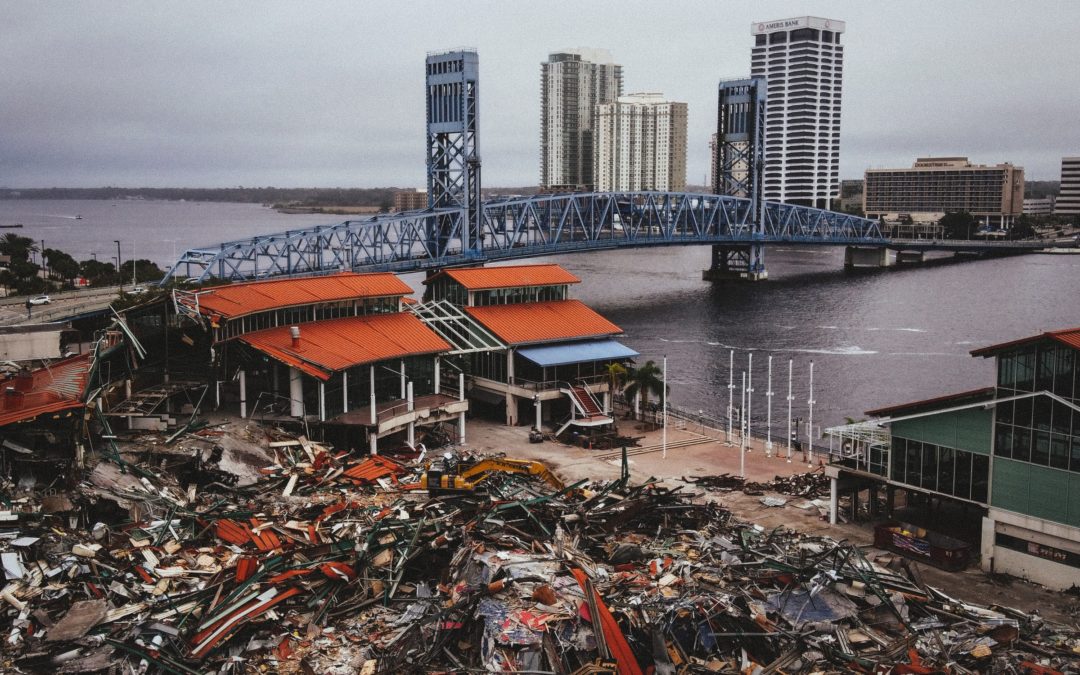Deprecated: Creation of dynamic property ET_Builder_Module_Comments::$et_pb_unique_comments_module_class is deprecated in /home4/readynow/public_html/wp-content/themes/Divi/includes/builder/class-et-builder-element.php on line 1425
What is a business continuity plan and why you need one
In 2021, the U.S. experienced 20 separate billion-dollar weather and climate disasters, putting 2021 in second place for the most disasters in a calendar year, behind the record 22 separate billion-dollar events in 2020, according to National Oceanic and Atmospheric Administration. The world has witnessed a tenfold increase in the number of natural disasters since the 1960s, the 2020 Ecological Threat Register (ETR) shows.
How do those statistics affect your bottom line? You are hit by a major storm that wipes out your operations for days, worse for weeks or months. Your insurance company does its best to assist your efforts to rebuild and get you operational in the shortest amount of time. However, the exposure triggers your insurance provider to increase your premiums 5 or 10 times what you were paying and budgeted for leaving you paralyzed and driving your operational costs so high you cannot afford to continue.
This scenario isn’t a “what if.” This example played out. The solution? The company recognized that they were not prepared for an emergency despite thinking they had plans in place. They did a deep dive into business continuity plans (BCP) and approached their insurer with a compromise. If they developed a BCP and practiced its application, the insurance company agreed to dramatically reduce the premium increase.
Business Continuity Plans (BCPs) outline how a business will continue to operate during an unplanned disruption in service. It is the ability to maintain essential functions – during and after a disaster – by establishing risk management procedures and processes that prevent interruptions to mission-critical services, ensuring maximum operational up-time and minimal recovery downtime. A strong plan provides guidance and information to assist teams to respond to disruptions and assist the organization with making the right response and ultimately recovering from the disruption.
The three key components of a BCP are resilience, recovery, and contingency. An organization can increase resilience by designing critical functions and infrastructures with various disaster possibilities in mind; this can include staffing rotations, data redundancy, and maintaining a surplus of capacity. Ensuring resiliency against different scenarios can also help businesses maintain essential services on location and off-site without interruption.
Rapid recovery to restore business functions after a disaster is crucial. Setting recovery time objectives for different systems, networks, or applications can help prioritize which elements need to be recovered first. Other recovery strategies include resource inventories, agreements with third parties to take on company activity, and using converted spaces for mission-critical functions.
A contingency plan has procedures in place for a variety of external scenarios and can include a chain of command that distributes responsibilities within the organization. These responsibilities can include hardware replacement, leasing emergency office spaces, damage assessment, and contracting third-party vendors for assistance.
A completed plan includes points of contact for each defined threat, designates Crisis Response Teams, and specifies roles and responsibilities for tasks to be executed due to a disruption. Provisions are instituted to create a standing Business Continuity Team, accommodate monitoring, testing, evaluation, and continuous improvement, and involve top management in routine reporting and updates.


0 Comments